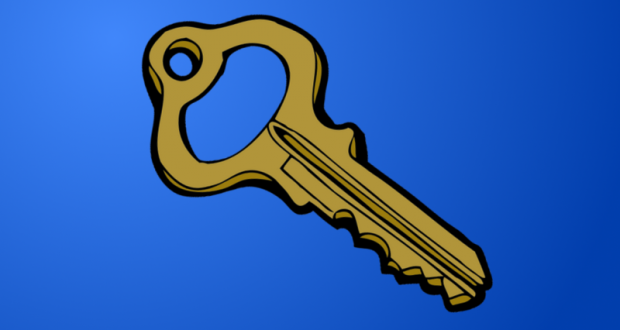Welcome to this first edition of our new weekly Bits and Pieces column! I've decided it might be interesting to start posting some short and simple thoughts on specific topics. If a week's topic needs any definition or explanation, I'll provide it, then I'll throw in my own opinion. All in 500 words or less. Maybe slightly more today, accounting for this intro. Here we go!
So for our first topic: multisignature. What the heck is it and why does it matter? Well, it's really almost exactly what it sounds like. It (optionally) allows users to create Bitcoin addresses that require multiple signatures, generated from multiple private keys, in order to spend any coins sitting at such an address. Standard addresses only have one private key, but with multisignature addresses, the number of valid keys (n) and the number of signatures required to spend the coins (m) can vary, which is why they are sometimes called m-of-n addresses.
The most common type is a 2-of-3 address, which is perfect for escrow. Here's why: suppose Bob is shipping a product to Alice and they want to keep the payment for the product in escrow while waiting for snail mail to do its job. Alice, the buyer, would deposit money to a 2-of-3 address for which Alice and Bob each hold one key and the third is held by an escrow agent.
For starters, this is awesome because the agent cannot run away with the money in escrow. He would need a second signature and neither Alice nor Bob should be willing to provide it, unless perhaps they were in cahoots. This is also great because it allows Alice and Bob to complete the deal and release the escrow money with their own two keys, all without bothering the escrow agent, assuming the deal goes smoothly. If there is a dispute, the escrow agent can work his magic and sign a transaction with the party that he thinks should receive the money.
Multisig does not have to be used by multiple parties, however. Individuals can also use it to keep money more secure. For example, Bob could deposit funds to a multisig address and keep one key in his safe, one in a bank deposit box, one in his wallet, and so on. Then if one key gets lost or stolen, the money is still safe and there is time to retrieve the other keys and transfer the money to a safer address.
Here, Andreas M. Antonopoulos explains how a service could use multisignature addresses to keep money safe for clients while assessing risk in real-time. And it would be done without ever granting the service any ability to steal the money. This article explains how multisignature enables safe money management within a family.
These are just a few use cases, but in reality, there are endless possibilities. Using multisig allows us to control our money in very specific ways and best of all, that control is all by our own choice. No one tells us where to send our money or who should control they keys. That is a true liberty.
 You, Me, and BTC Your Liberty & Bitcoin Podcast
You, Me, and BTC Your Liberty & Bitcoin Podcast





